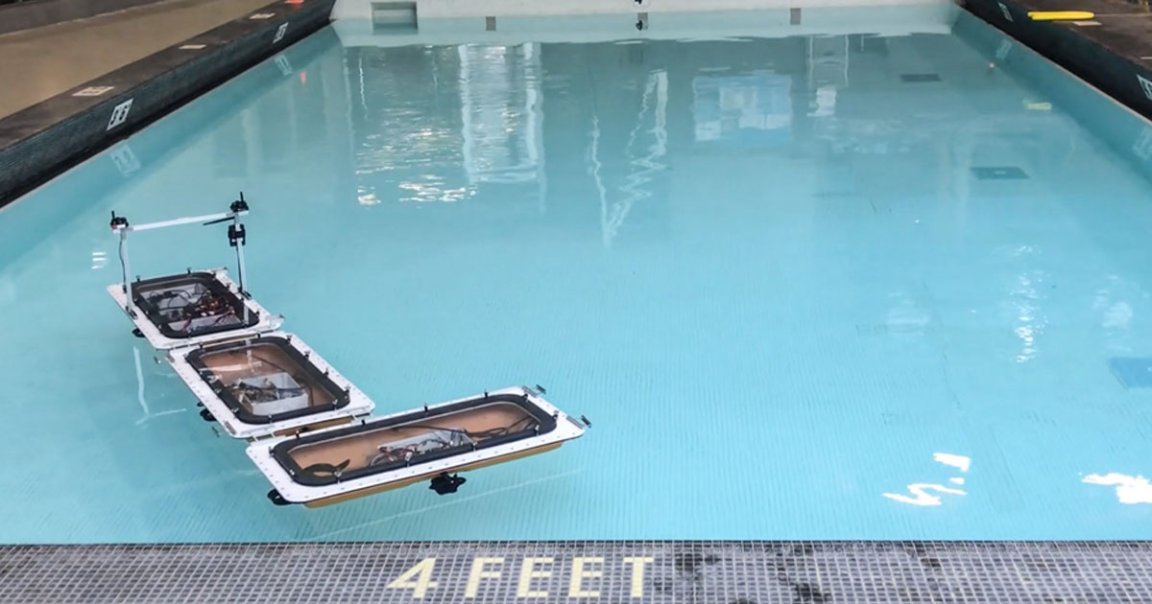
Roboat Advance
MIT scientists have been working with officials in Amsterdam for the past several years to develop autonomous boats that could one day navigate the city’s many canals.
In June, they announced they’d found a way to get their “roboats” to latch together. And now, they’ve given the fleet another capability: shapeshifting.
Superpower Boat
On August 22, the MIT scientists presented a paper at the IEEE International Symposium on Multi-Robot and Multi-Agent Systems detailing their creation of an algorithm that lets roboats start in one configuration, separate to travel somewhere else, and then join up into a new configuration.
The scientists believe this capability could help city officials make use of Amsterdam’s 165 canals, which have fallen out of favor in recent years.
“A set of boats can come together to form linear shapes as pop-up bridges, if we need to send materials or people from one side of a canal to the other,” researcher Daniela Rus told MIT News. “Or, we can create pop-up wider platforms for flower or food markets.”

Building Bridges
The scientists will put the system to the test in 2020, creating what researcher Carlo Ratti told MIT News will be “the world’s first bridge comprised of a fleet of autonomous boats” to span a 60-meter-wide Amsterdam canal.
But while the MIT team knows its roboats can autonomous shapeshift into bridge form, they say they still have to answer one very important question before that undertaking: Can the bridges support people?
READ MORE: MIT’s fleet of autonomous boats can now shapeshift [MIT News]
More on MIT’s roboats: Amsterdam Is Paying MIT to Develop Robot Barges for Its Canals